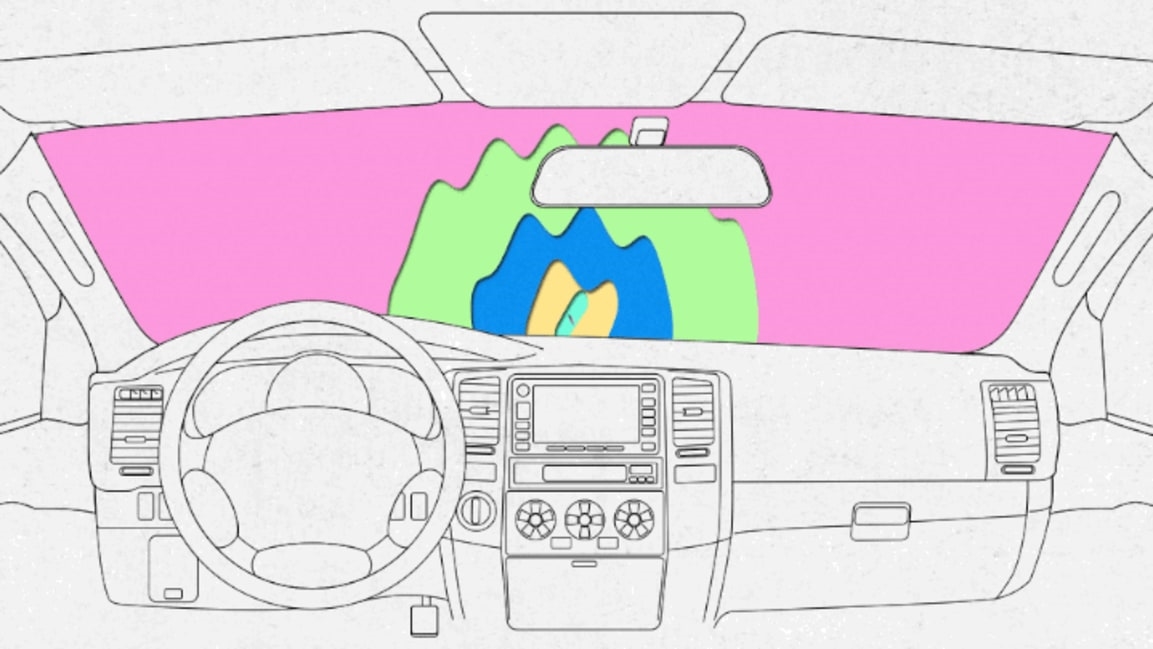How legal weed companies are starting to address driving while high
In early July, the state of California signed into law legislation granting the California Highway Patrol the right to study the effects of cannabis on driving behavior. That should eventually clear up some confusion among marijuana users: Ingesting weed is legal, but driving under the influence isn’t and carries the same penalties as drunk driving. Because the drug is federally controlled, however, testing to determine how high is too high (or even how to spot that) has been severely limited. Many arrests hinge on circumstantial evidence, which makes getting high and driving at all a serious risk.
Despite a prominent PSA campaign telling people not to drive high and extremely predictable National Highway Traffic Safety Administration data on the correlation between use and related crashes, plenty of drivers are still getting stoned and feeling confident behind the wheel: 77% of marijuana users don’t think driving while stoned affects their motor vehicle control, while 16% believe it actually improves their driving.
That’s according to a survey of more than 500 drivers in California who had used marijuana within the last 30 days, which was commissioned by Eaze in partnership with Lyft. Given that the former is an online marijuana-ordering-and-delivery platform and the later is a ride-share company, curbing bad behavior would definitely be good for their businesses.
“The most interesting finding is that while 81% of respondents are aware that driving under the influence of cannabis is illegal, there is no consensus at all about how much is safe to consume, or how long you should wait after consumption to drive,” says Peter Gigante, Eaze’s head of policy research, in an email to Fast Company. “It is illegal to drive impaired. That’s the law. It doesn’t matter if impairment is caused by cannabis, alcohol, over-the-counter medications, prescriptions, or illegal drugs. Unlike alcohol, there is no legal limit on cannabis (also known as a per se limit), which is why consumer education is so vitally important.”
On average, 64% of marijuana users still drove within four hours of consumption. In fact, 20% drove within an hour. The report shows—surprise—that much of that might be avoided in areas where direct delivery and reliable ride-sharing is available. Gigante says that Eaze is adding a message encouraging safe driving on all receipts. “The legal cannabis industry is invested in safe consumption—that’s the whole point of being legal,” Gigante adds.
(12)



